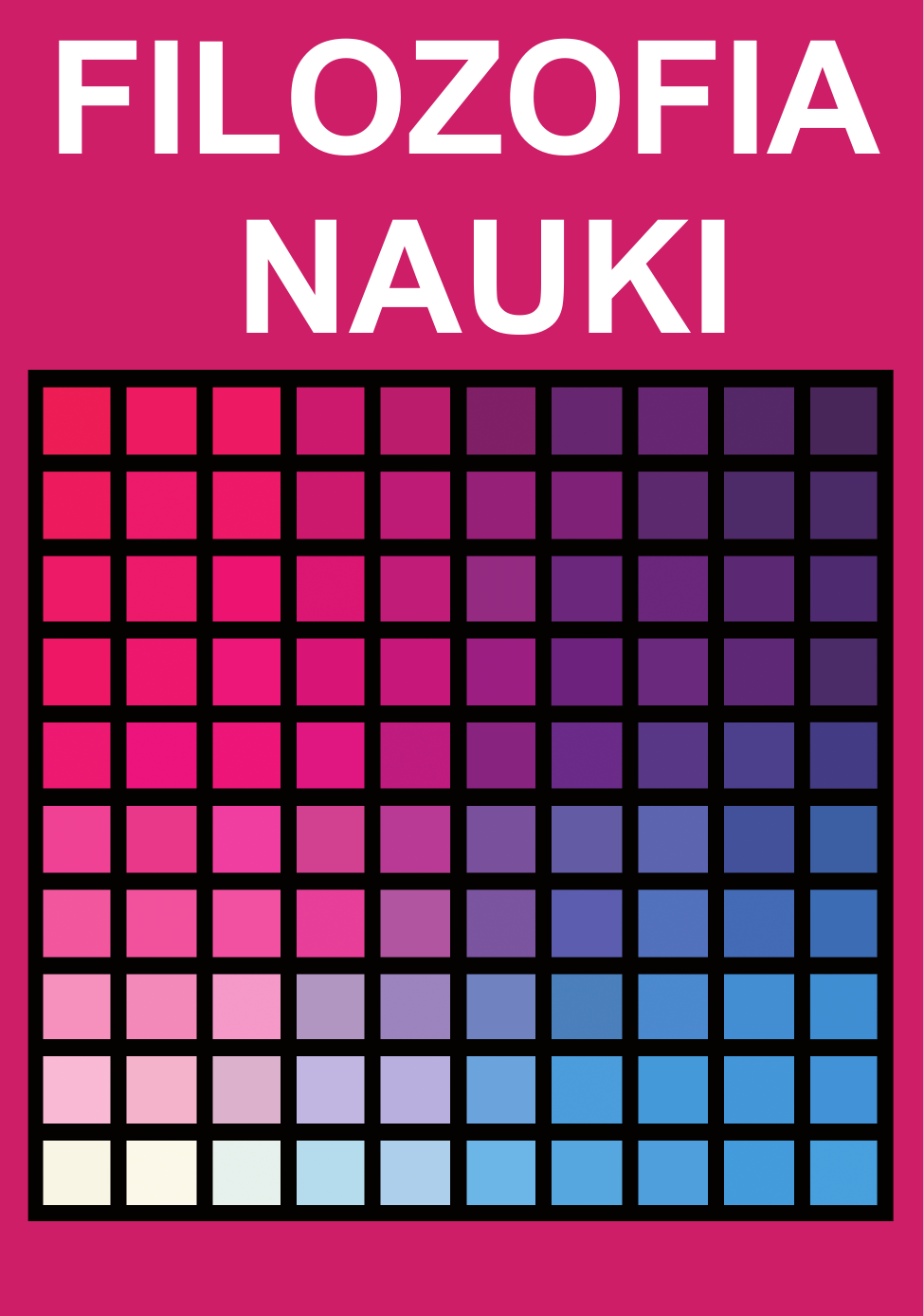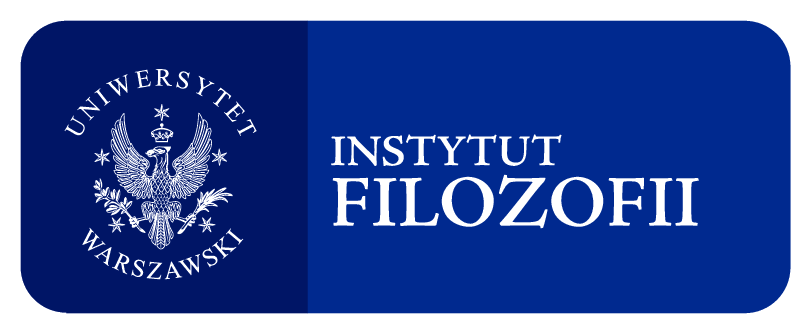Sieci neuronowe i metodologia nauki
Abstrakt
One of the fundamental methodological categories is the notion of theory. However, it is hard to determine decisively what a theory is. Does it have to be a deductive system? What is one to think about the theories in the social sciences and humanities? What are the synchronic and diachronic relations between theories? When is a theory acceptable? Does a confirmation of a theory suffice or is a falsification also needed? These and other questions have got many various answers, but those answers have at least one thing in common. They take a theory to be a system of sentences. Since the sentences are related in various ways, one may apply to them the rules of inference, build up explanations, predictions and investigate the correspondence between different theories. The multitude of solutions and the problems they are facing allegedly show that the understanding of a theory as a system of symbols (sentences) is not adequate. Instead, a theory should be formulated as a non-symbolic creation. Therefore, a paradigm of artificial intelligence, which constantly grows in strength, namely connectionism arouses huge hopes. Generally speaking, connectionism is a research strategy which explains mental phenomena, in particular the phenomenon of learning, by means of the connections that originate between the stimuli and the reactions in the central nervous system. The main part of the article is devoted to the critical analysis of this paradigm.















 Filozofia Nauki | ISSN 1230-6894 | e-ISSN 2657-5868
Filozofia Nauki | ISSN 1230-6894 | e-ISSN 2657-5868